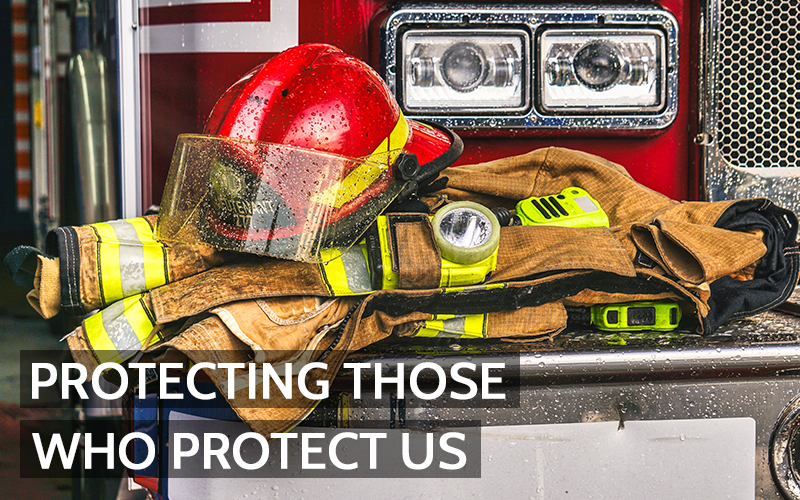In various industries, maintaining optimal air quality is crucial for safeguarding worker health and ensuring operational efficiency. Wearable air quality monitors have emerged as vital tools, enabling real-time monitoring of environmental conditions directly for individual workers.
Purpose of Wearable Air Quality Monitors
Wearable air quality monitors are compact devices designed to be worn by individuals, continuously assessing the surrounding air for pollutants such as particulate matter (PM2.5 and PM10), volatile organic compounds (VOCs), carbon monoxide (CO), and other hazardous gases. These devices provide feedback, either on an immediate or daily basis, allowing workers and safety managers to respond promptly to dangerous air conditions.
Use Cases Across Different Industries
1. Manufacturing and Industrial Plants
In manufacturing settings, workers may be exposed to dust, chemical vapors, and other airborne contaminants. Wearable monitors alert personnel to high concentrations of harmful substances, facilitating timely interventions to reduce exposure. For instance, devices like the Tapered Element Oscillating Microbalance (TEOM) are utilized for real-time detection of aerosol particles, measuring their mass concentration to ensure compliance with safety standards1.
2. Construction Sites
Construction workers often operate in environments with elevated dust and particulate matter levels. Wearable monitors help in assessing air quality on-site, ensuring that protective measures are implemented when pollutant levels exceed safe thresholds. Companies like Aeroqual offer real-time air quality monitoring solutions tailored for construction sites, aiding in safeguarding workers while reducing downtime2.
3. Mining Operations
Miners are at risk of inhaling dust and toxic gases. Wearable monitors detect hazardous substances, enabling immediate action to prevent respiratory issues. For example, Continuous Personal Dust Monitors (CPDM) are used in coal mines to protect workers from exposure to coal mine dust, which can lead to black lung disease1.
4. Chemical and Petrochemical Industries
Employees in chemical plants may encounter VOCs and other toxic gases. Wearable monitors provide real-time data on gas concentrations, ensuring that workers are not exposed to harmful levels. RAE Systems, a subsidiary of Honeywell, offers wireless personal gas detection instruments that enable real-time safety and security threat detection, helping to mitigate risks in such environments1.
5. Healthcare Facilities
In healthcare settings, maintaining indoor air quality is essential to prevent the spread of airborne infections. Wearable monitors assist healthcare workers in ensuring that air purification systems are functioning effectively, thereby protecting both staff and patients. Fogwing Eco provides industrial air pollution monitoring solutions that can be adapted for healthcare facilities to monitor airborne infections and dust pollution3.
Advancements and Future Prospects
The integration of Internet of Things (IoT) technology has enhanced the capabilities of wearable air quality monitors. Modern devices can transmit data to centralized systems, facilitating comprehensive environmental monitoring and analysis. For instance, the development of wearable devices like VitalAir combines air quality monitoring with physiological data such as heart rate and oxygen saturation, providing a holistic view of an individual’s exposure and health status4.
As industries continue to prioritize worker safety and environmental compliance, the adoption of wearable air quality monitors is expected to grow. Ongoing research and technological advancements will likely lead to more sophisticated devices, offering enhanced accuracy, connectivity, and user-friendliness.
In conclusion, wearable air quality monitors play a pivotal role in various industries by providing real-time insights into environmental conditions. Their application across sectors such as manufacturing, construction, mining, chemical processing, and healthcare underscores their versatility and importance in promoting occupational health and safety.
References
- https://en.wikipedia.org/wiki/Tapered_element_oscillating_microbalance
- https://www.aeroqual.com/air-monitoring-products
- https://www.fogwing.io/industrial-air-pollution-monitoring/
- https://ieeexplore.ieee.org/document/10382889


